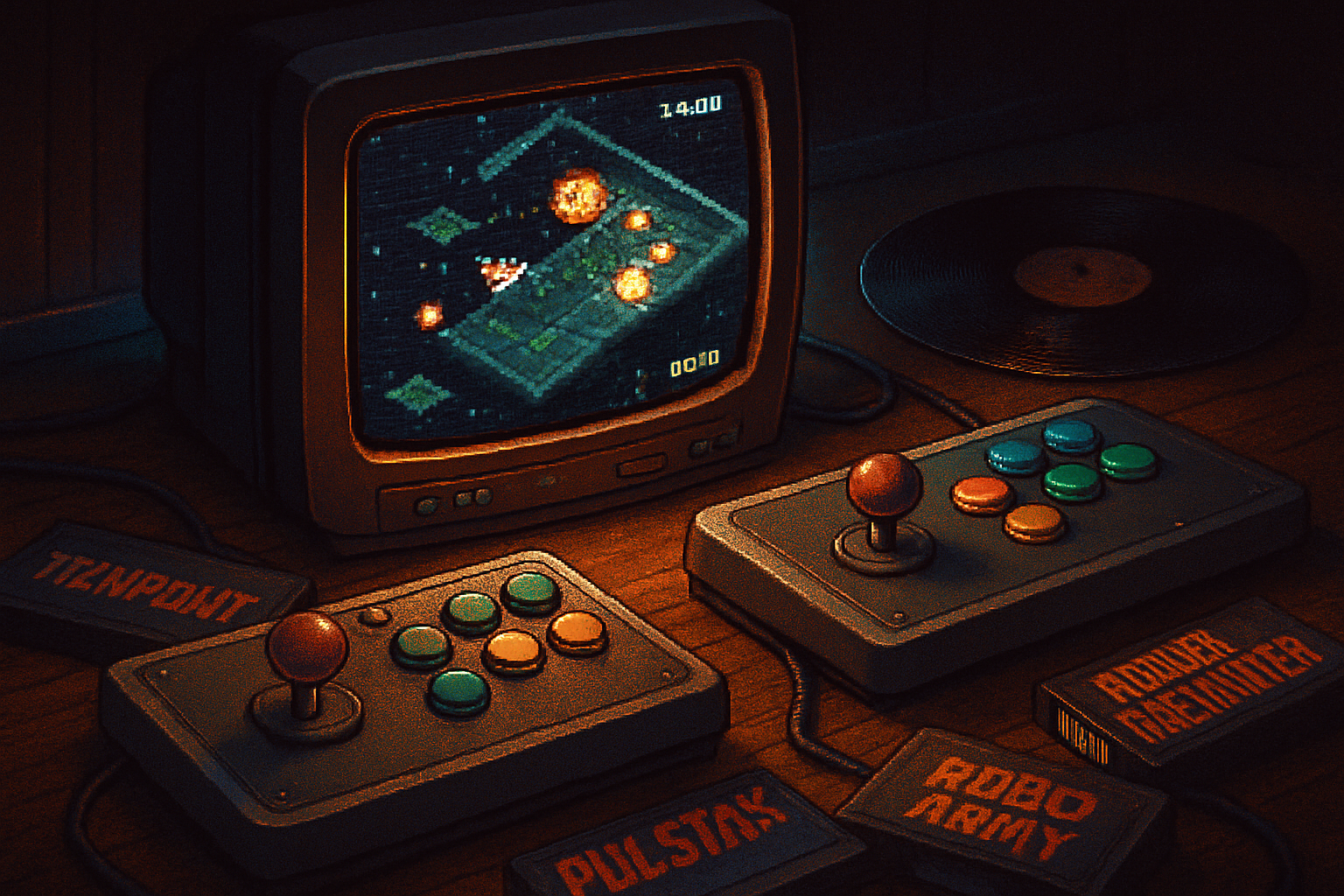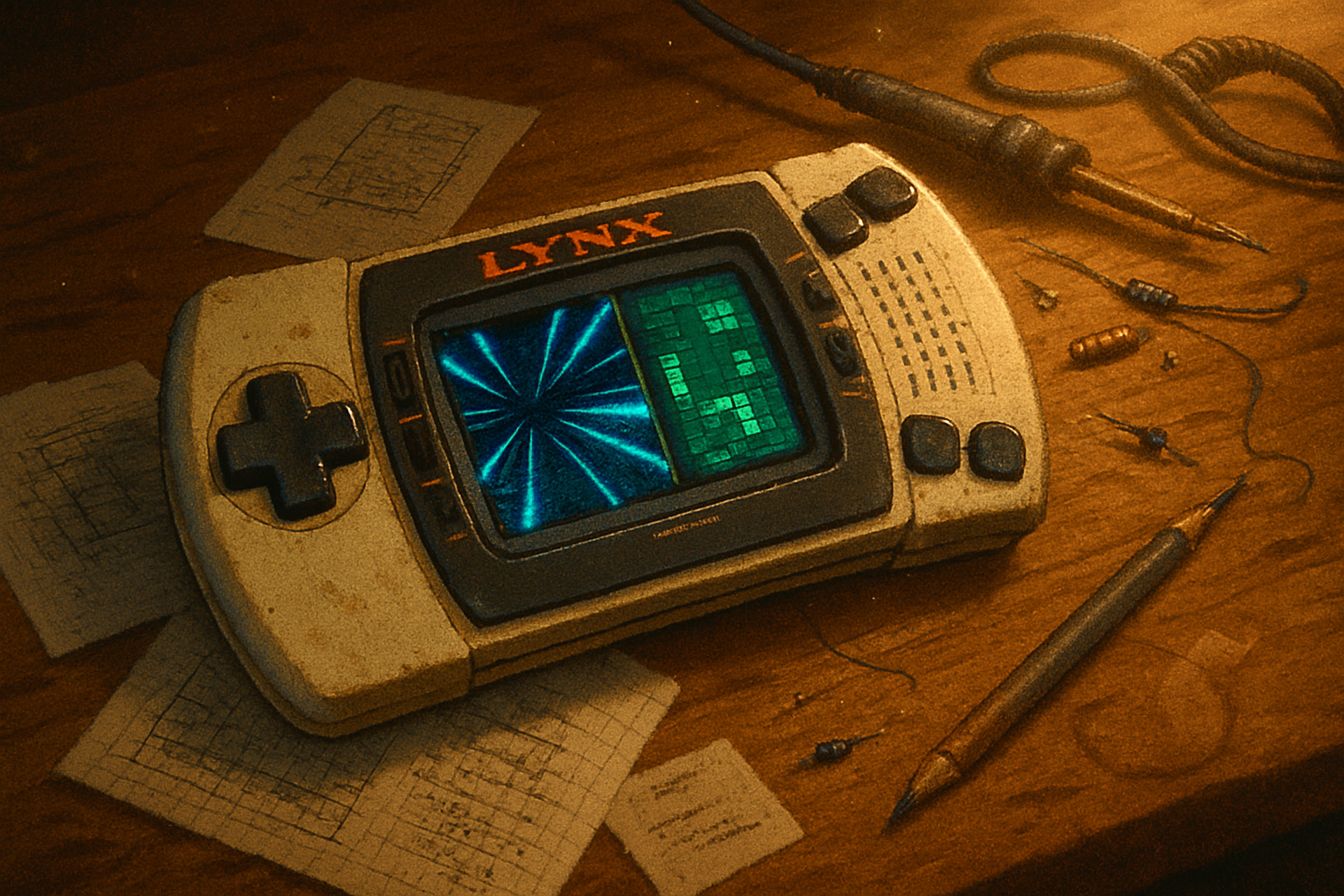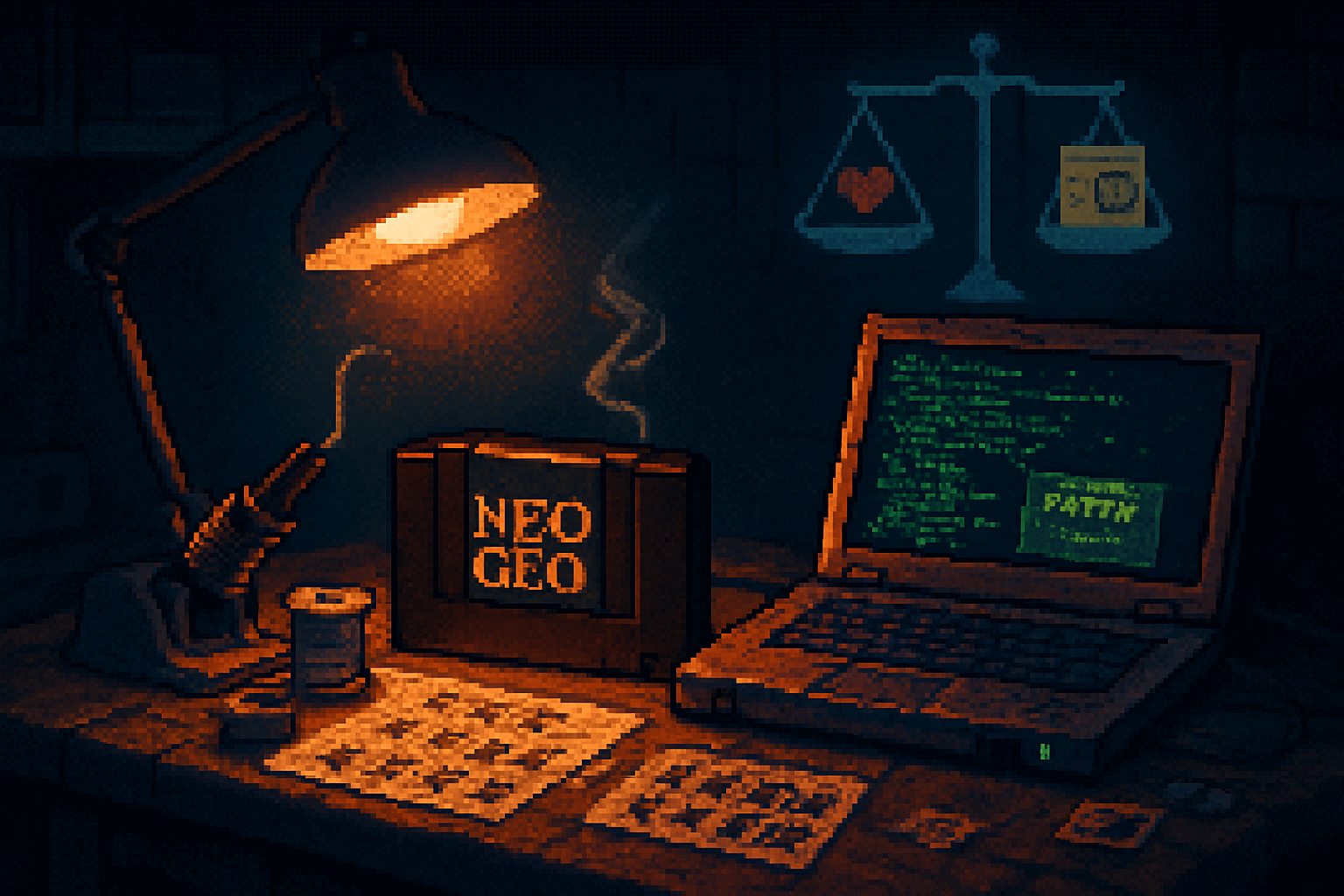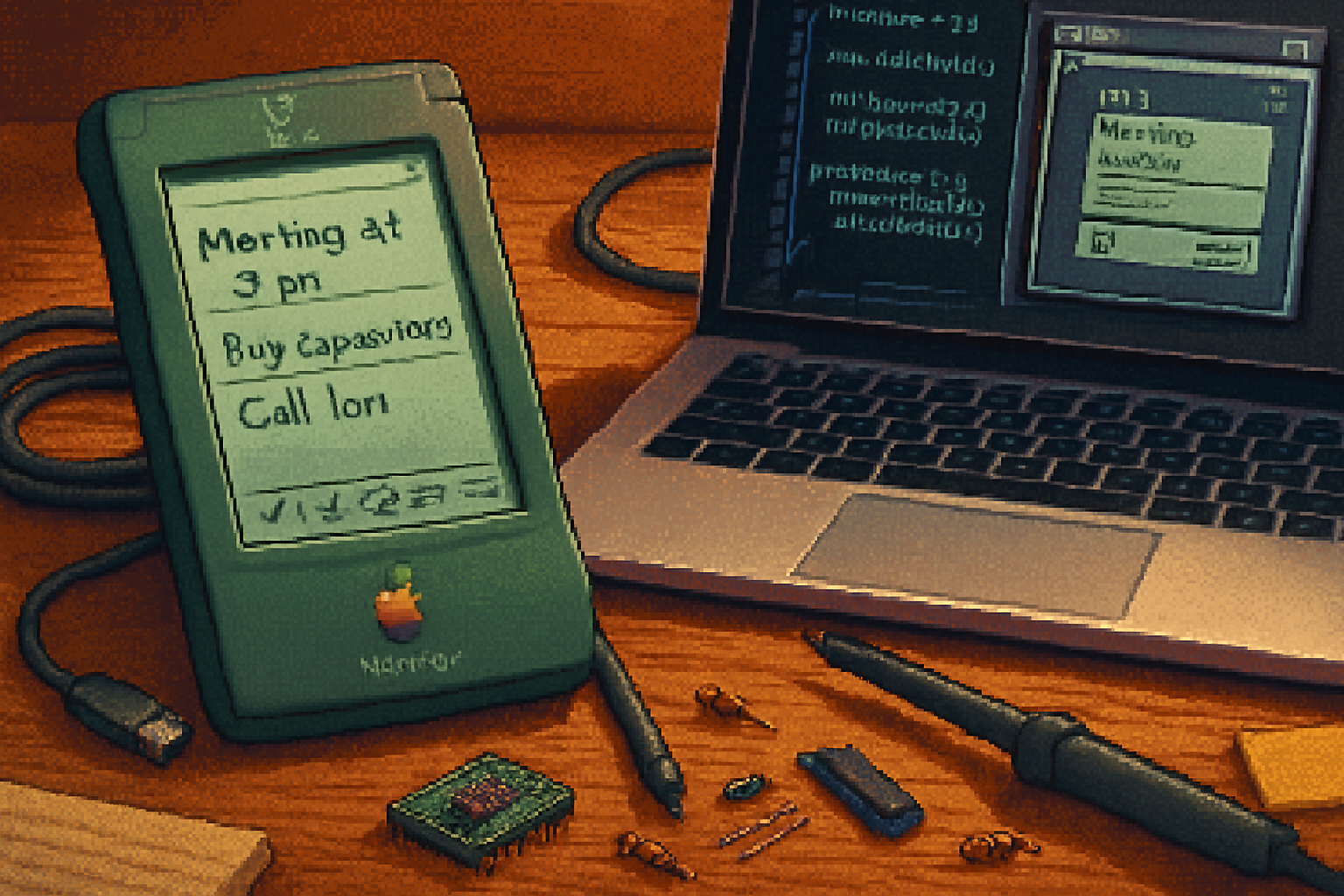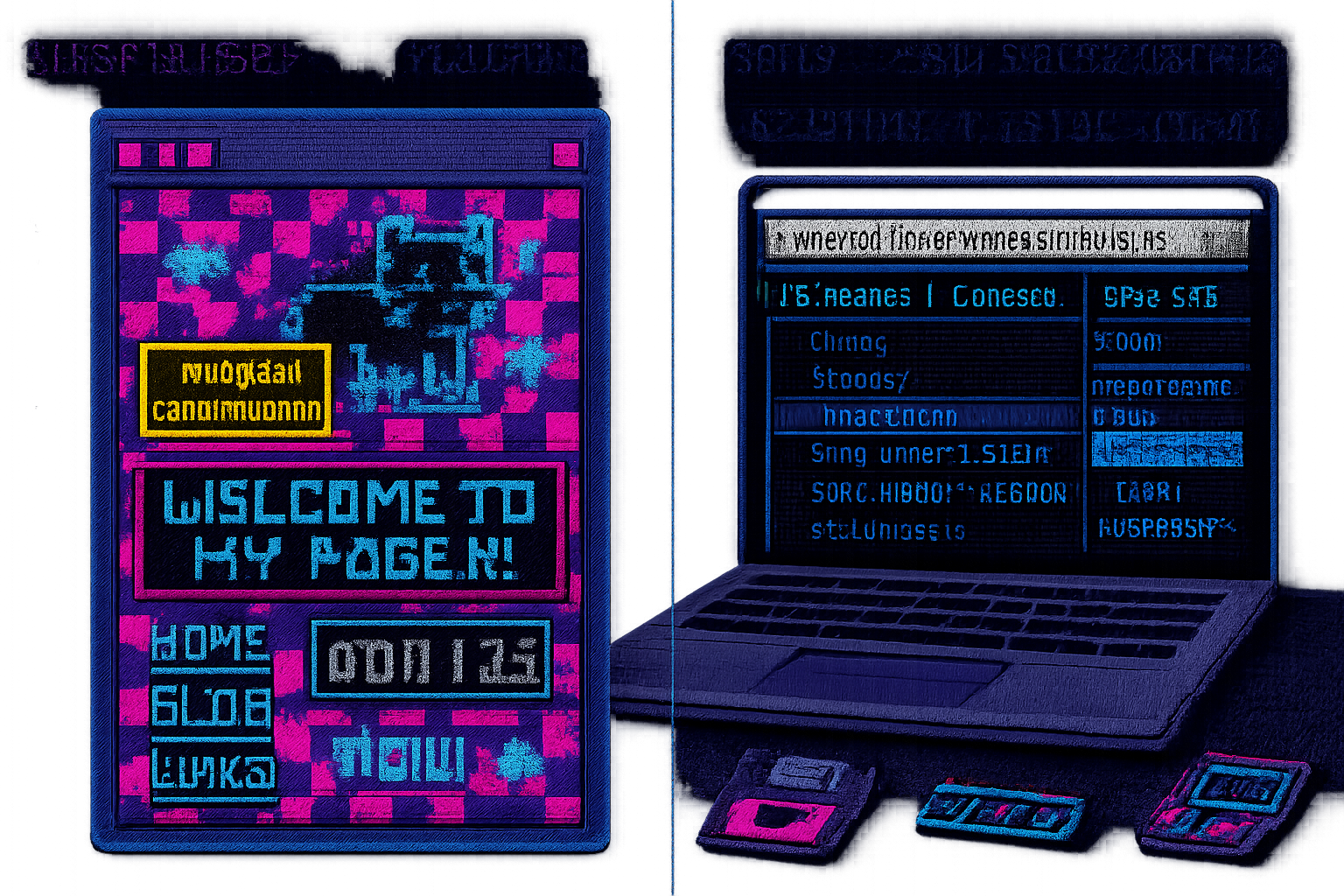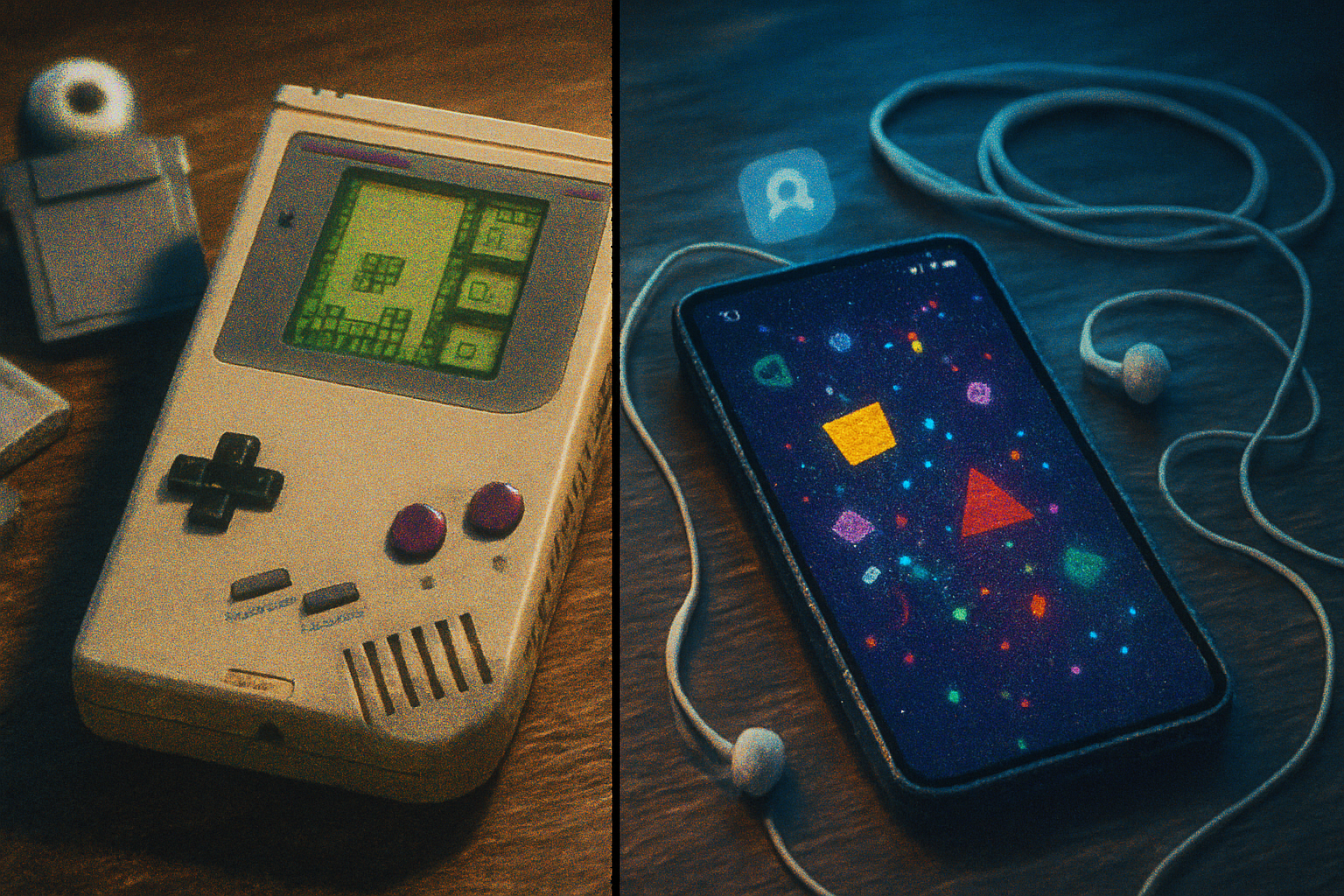
Game Boy vs. Phone: The Battle of Portable Gaming Nostalgia
The Game Boy taught a generation to value constraints; the smartphone taught another how to monetize attention. In this contentious comparison we weigh tactile joy, creative constraint, ownership, discoverability, and what we’ve sacrificed in the name of portability.
